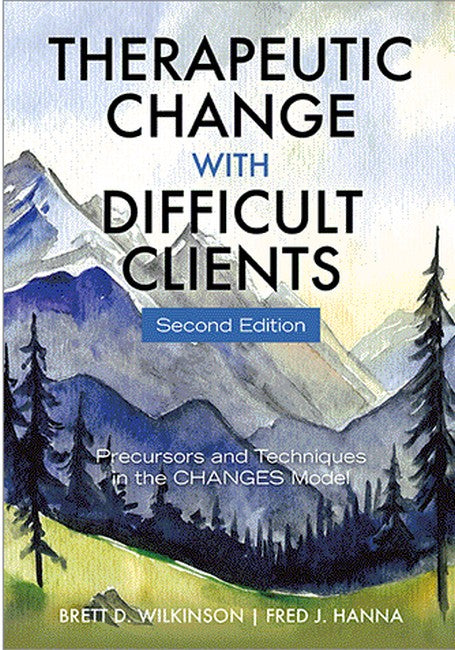Description
Brett Wilkinson, PhD, is associate professor of counselor education at Purdue University Fort Wayne and director of the universitys Institute for Counseling Research (ICR). He trains masters-level clinical mental health students in the application of Dr. Hannas precursors model, has published on the precursors model, and is currently conducting ICR research on the use of the model in clinical practice and counselor training. He earned his PhD in Counselor Education and Supervision from the University of Northern Colorado.
Fred J. Hanna, PhD, is a professor and co-designer of the PhD Program in Counseling at Adler University, in Chicago. He was previously a Senior Faculty Associate at Johns Hopkins University where he taught graduate counseling courses for 25 years, including years full time, leaving as a full professor. Fred has served as a consultant and trainer to the medical, mental health, corrections, business, and education communities, including such places as the Johns Hopkins School of Medicine Department of Psychiatry, the Fort Peck Sioux Reservation in Montana, the Department of Psychiatry at Yale University, and a wide variety of school systems, community agencies, prisons, and criminal justice settings across the U.S.

